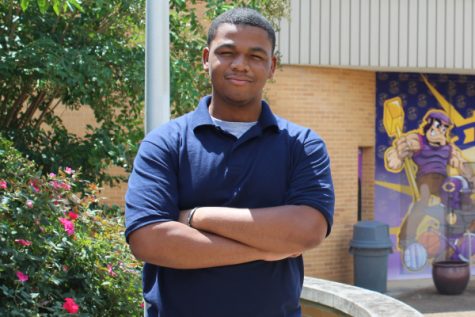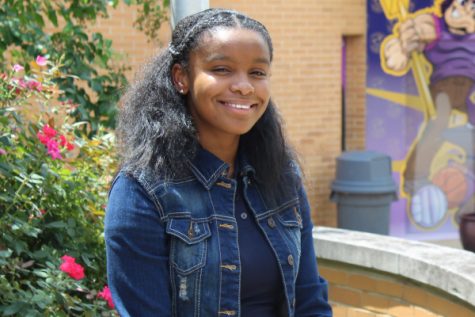Do Cliques Still Exist in Today’s High School?

DO CLIQUES STILL EXIST IN TODAY’S HIGH SCHOOL? — Students ponder whether or not stereotypical friend groups are still prevalent in high school.
November 6, 2019
When it comes to cultural stereotypes, the high school social pyramid is usually divided among different groups of students. For example, there are the “jocks,” the cheerleaders, and the “nerds.” These tropes are usually overly exaggerated when portrayed in works of fiction. However, these caricatures are still partially based on truth.
These stereotypes were culturally at their cinematic peak in the 1990s and early 2000s. This resulted in the preconceived notion that this was just how high schools functioned in real life. Nowadays, these stereotypes of cliques have died down, some due to lack of integration to this form of media, yet new expectations have arrived since the introduction of social media.
In modern high schools, the main component affecting these groups is social media. It seems that now peer pressure is worse than ever due to the critically high standards set among teens. Here at Central, several different students were questioned about their opinions on cliques and their prevalence today.
The majority of the student body is cognizant of the existence of cliques or groups of students with common interests. Several do not see a problem with the various factions of students and just see tribalism as an everyday occurrence moving on with the rest of their day.
“I feel as if cliques do take part in our high school career. They don’t have many problems with one another. We tend to disagree with others’ opinion and move on,” said Senior Freedom Bell.
Another mindset that students have is that they feel as if being in a group of friends is fundamental to the social experience of high school.
“Joining a friend group is essential to feel like you belong. This is so we can feel more welcome and comfortable in our environment. Cliques start growing over time because people are starting to get along more often,” said Senior Michael Cooley.
One student has a completely different take on cliques. He believes that once you are friends with one person from a crowd, it is pretty easy to become acquaintanced with the others that make up the group.
“I feel like by knowing one person from a clique you can quickly be introduced to [others] in the clique and break any barriers of intimidation bit by bit,” Senior Kaleb Cox stated.
Some students feel as if there is a darker side to cliques, and that those who do not fit in get abandoned or left behind. A student explained that the main cause for this happening is that some cliques are not as welcoming and open as others.
“There are some groups of friends that are more toxic than others. I honestly believe that everyone in high school has a mental list of certain groups of people to avoid. Either that or they learn the hard way like I did,” said Senior Kennedy Sanders.
One freshman explained how he did not get the impression that Central has cliques.
“Cliques aren’t that prominent at our school, and it’s not like there’s a lot of hate thrown towards specific groups of people. At least seriously, you know. Most ‘cliques,’ if anything, are easily avoidable and unnoticeable,” said Freshman Seth Young.






Warren • Sep 17, 2022 at 9:56 AM
Can’t speak to clique behavior older than the typical 80s cliques, but the description fits what I experienced in high school. The social groups exist, but most people barely notice them in day to day interactions. As well, most people belong to more than one group….just like today.
The stereotypes and tropes seen in the movies are just….movies. It’s not real. Just like modern “fight scenes” in movies where the hero (sometimes 60+ yrs old) can take down a dozen armed men without a scratch; it’s not real. It was never meant to be realistic; it’s just a way of storytelling.